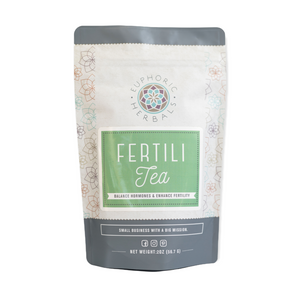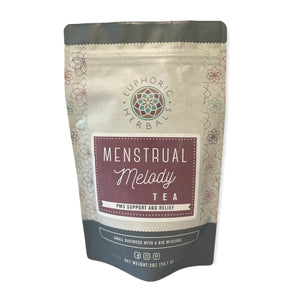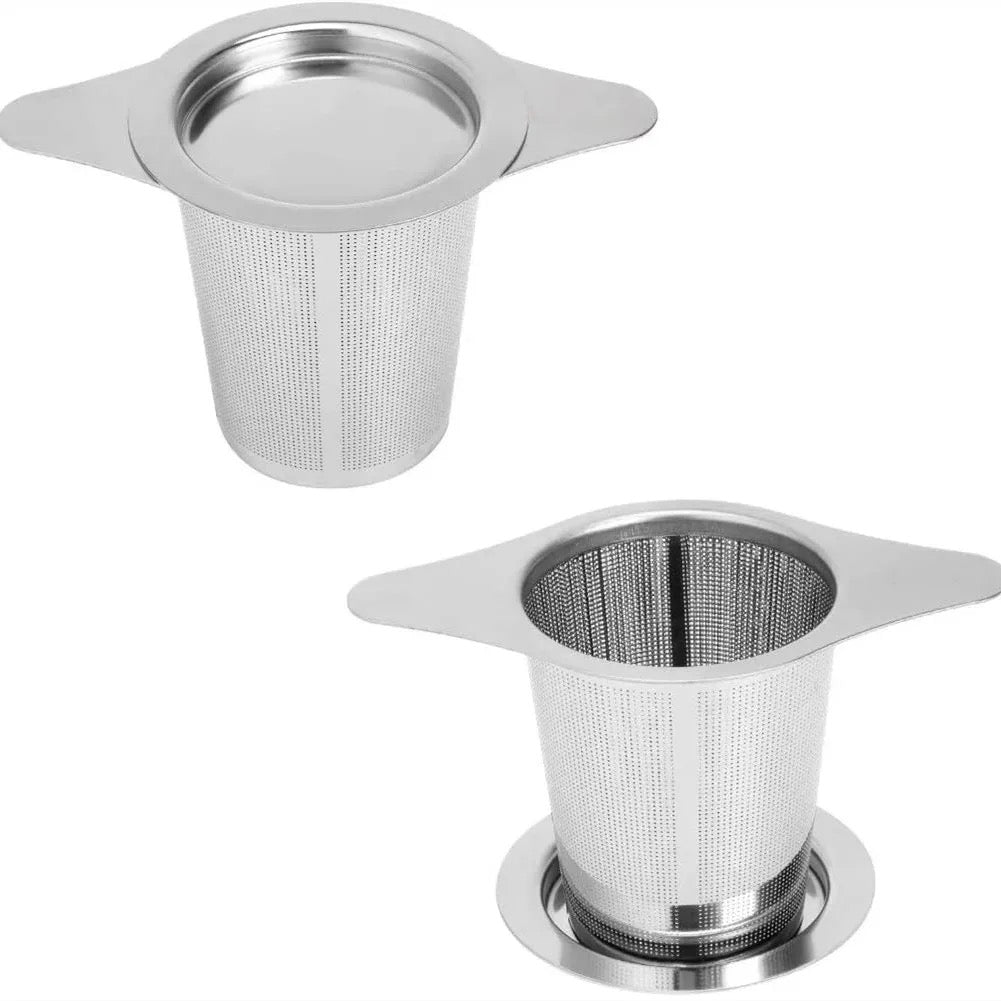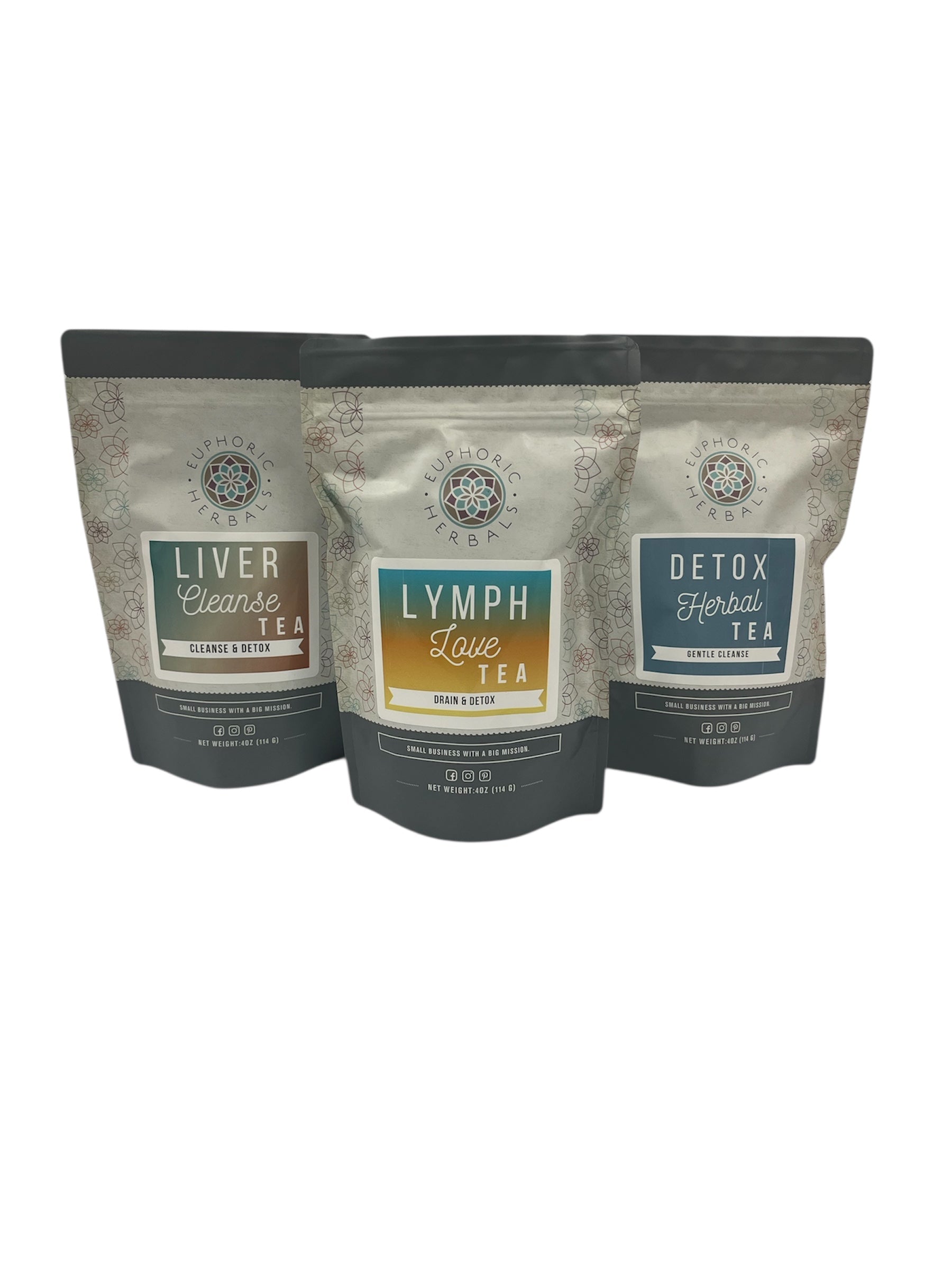Many moms throughout America worry about breastfeeding and whether they will have enough milk to support their newborn’s appetite. Don’t worry. We assure you that you’re doing a wonderful job and that your baby is growing up well. But if you are having breastfeeding issues, such as poor milk supply, getting assistance now is better than later. The good news is that this problem can be fixed easily.
Before you start thinking about giving your baby formula, let’s have a look at some common reasons mothers like you feel that their supply is low or that your baby isn’t receiving enough breast milk.
How much milk should I be producing?
What is normal, really? While the exact amount of breast milk you produce is unique to you, mothers who are breastfeeding full-time can usually pump around ½ to 2 ounces per session. If you find you are pumping more than that, you could have an oversupply; so if you think you should be putting out 4-8 ounces per session, you can lower your expectations a little bit!
Breast pumps are also less effective at removing milk from the breast than a baby that nurses well.
Commonly, your body will produce more milk than what the newborn drink for the first few weeks after birth. As the first weeks pass and you get into the first months, your milk supply will start to regulate and output will decrease. This is normal and occurs around the 6-9th month postpartum.
Reasons you may have low milk supply
Low milk supply is rare, but that doesn’t mean it can’t happen to you. There are a couple common causes, such as:
1. Insufficient glandular tissue
The number one reason you could have low milk supply is a lack of mammary tissue, or the milk-making ducts in your breasts. This is also referred to as IGT. These ducts grow during the three trimesters of pregnancy, and breastfeeding stimulates them. Women who are on their second or third child oftentimes have far less trouble producing milk than first-time mothers, so if you are new to this, don’t worry! If you wind up with insufficient glandular tissue, there are steps you could take. You might have to supplement with formula, but you should always consult with a lactation consultant first. If you suspect you IGT might have contributed to low supply with a previous baby, reach out to a lactation consultant during pregnancy for support and guidance; they can assist you in developing a breastfeeding plan.
2. Breast surgery
Breast surgery is done for a number of reasons—both cosmetic and medical. Enhancements and reductions are happening more frequently than ever before, but this can indeed damage the glands and ducts inside the mammary tissue that produce milk. Nipple piercings can also affect the ducts.
3. Hormone problems
Women who struggle with hormonal or endocrine issues, such as polycystic ovarian syndrome, hyper or hypothyroidism, hypertension, diabetes, and other conditions will not only have difficulties conceiving, you will have trouble postpartum as well. This often manifests as low milk supply, because lactation is dependent on hormonal signals. There are various treatments available for this that can boost milk production. Again, you should visit a lactation consultant or discuss the options with your health care provider to ensure that you are working on your specific issue.
Similarly, if you are using hormone-based birth control, such as the pill, injections, or a patch, it can significantly reduce milk production. If you begin using contraceptives immediately after birth, milk supply can drop can happen before your baby even reaches 4 months old. You may need to consider a non-hormonal birth control to boost your milk supply.
Signs your baby isn’t drinking enough breast milk
Sometimes, mothers who think they have a low supply of breast milk blame themselves, when—in fact—it might not be their bodies at all. Your baby could be having the problem, not you. Here are some common issues your baby could be having that tricks you into thinking you’re producing less than you are:
Latching Incorrectly
You may have heard from others about babies that have difficulties latching onto the breast. When they can’t get a hold of the nipple right, the milk won’t come through correctly. You’ll know when your baby isn’t getting a proper latch because breastfeeding sessions will hurt the entire time. Additionally, you might notice that your baby doesn’t have a pattern of behaviors but is rather unpredictable and fussy.
So, how do you make your baby latch on better? You could try holding them in a different position during breastfeeding, like the football position instead of the cradle position. Remember, you also want to wait for their little mouth to open wide. The bottom lips shouldn’t be tucked, since this can reduce suction and will make breastfeeding more painful. Their lips should be opened wide and their chin will work to compress against the breast tissue, their lips should not b
Infrequent or Too-Short Breastfeeding
Newborns need to be fed every 2-3 hours at least, day and night. Coincidentally, the more you let your baby feed, the more you stimulate your body to lactate. By putting your newborn on a schedule or giving them a pacifier to calm them down in between feeding sessions, you are limiting your own breast milk supply. Also, your baby might not get enough milk, which can also harm their growth.
By feeding your baby on demand, or wherever they show signs of hunger, makes certain that they are getting enough nutrition and that you are bolstering your milk supply.
Tongue-Tied
Some infants have restricted tongue movement, also called tongue-tie, which keeps them from stimulating the nipple enough to get a continuous flow of milk. One sign of tongue is if your baby's tongue does not extend past their lips. If you suspect your baby has tongue tie you should see a lactation consultant and be referred to an pediatric ENT.
Growth Spurt
When your baby is going through a growth spurt, they will have a major, insatiable appetite. They will cry for food relentlessly. During these moments, you will definitely feel as if you are producing far too little to meet the demand, but you shouldn’t blame yourself for this. Your baby is growing and hungry so if you continue to meet that demand, your body will naturally attune itself to your child’s needs and produce more. Awesome how that works, right?
During this time, you might want to give double nursing or switch nursing—where you move your baby back and forth between both breasts—during feeding to help with supply and demand.
Jaundice
If your baby is only a few weeks old, they could still be affected by medications given during labor or have jaundice. You might have realize it right away, but medications used when you went into labor, such as Demerol or other epidural anesthetics, can affect your baby’s latching ability for about a month postpartum. Similar, jaundice can make your newborn drowsy, so they won’t want to wake up for feedings in the middle of the night. Once your baby is free of medications and jaundice, they will be more alert and want more milk, which will then stimulate your supply.
How to increase milk supply naturally
Not all hope is lost if you find out that your milk supply is low. There are steps you can take to boost milk production naturally.
1. Take a break, Mom
Being a mother isn’t an easy job, but you don’t have to go it alone. You have friends, family, and your partner to help you out. Remember, it takes a village to raise a kid, not just a single mom. Once you have some spare time on your hands, work in some stress management activities, like deep breathing, meditation, or yoga.
You might also want to think about going to a massage therapist to help work out any tension from your body. The less stress you feel, the more you body will be able to respond to balance itself and regulate lactation.
Although it can be hard now that you have a baby, you should be getting at least 30 minutes of exercise, too. Exercise is essential for boosting your mood, creativity, and keeping you healthy. A healthy mom produces more milk!
2. Drink plenty of fluids
Since milk is a fluid, you are going to have to support that production by keeping yourself hydrated too. Lactating mothers should be drinking at least 13 cups of liquid a day, which means you might be drinking even when you don’t feel thirsty. Mix up water with drinks that contain electrolytes to keep you from washing out your system.
However, you will want to avoid drinks with too much caffeine, since it will go into your breast milk. The last thing any mother wants is a baby who is too wound up to go to sleep in the evening.
3. Watch your diet
There are certain foods called galactagogues or lactogenic foods that can increase your milk output.
Be sure to add these foods to your diet:
• Barley and barley malt
• Brewer’s yeast
• Fenugreek and fennel
• Oats and other whole grains, like whole wheat, brown rice, quinoa, buckwheat, and hemp seeds
• Almonds
• Walnuts
• Spinach and other leafy greens
• Berries
• Tomatoes
• Broccoli
• Apricots
• Asparagus
• Poppy seeds
• Red beets
• Sesame seeds
• Dark chocolate
Now, here’s the thing: while this might be foods that contain nutrients and vitamins needed to increase your milk output, they can also alter the flavor of your breast milk. You might notice your baby suddenly refusing to drink your milk, especially if you have been eating an excess of galactagogues like garlic, chocolate, strawberries, or foods like onions, citrus fruit, and chili pepper.
4. Make sure you’re eating enough
The last thing you want to hear: eat more. You spent 9 months giving into unusual cravings and gaining weight, and now you have to eat even more? Well, it’s true. Breastfeeding mothers need at least 2,000 calories a day to ensure that they are taking in enough energy to support healthy lactation and nutritious breast milk, as well as their own dietary needs.
Keep in mind, though, that those 2,000 calories need to be comprised of nutrient-dense and energy-rich foods. You are going to need bananas, whole fat yogurt, nut butters, complex carbohydrates, and lean proteins to get you through the breastfeeding sessions.
You might also want to think about using a multivitamin or another supplement that is formulated for postpartum health and supports milk production. These are available in many stores and can cover deficiencies that arise during lactation.
5. Reconsider those medications
Popping pills can create complications with lactation. The two worst offenders are allergy and cold medications. Always double check with a lactation consultant about how safe the medication you are taking is for lactation. You can also ask the pharmacist as well. There is also a website called Lactamed to help you see what medications are compatible with breastfeeding.
Though many medications are usable during breastfeeding, the ones you want to avoid are aspirin, codeine, and other drugs that are meant for heart problems or high blood pressure. These can affect your child.
6. Remove more milk
Did you know that you can use your pump to your advantage? To increase your supply, you should double pump for 15-20 minutes. This ensures that the pump is removing as much milk as possible. If you don’t have time throughout the day to pump for at least 15 minutes nonstop, then you simply increase the frequency. While five sessions 5 minutes long might not remove as much milk, it can stimulate the milk-making ducts to produce more milk.
Be sure to practice some breast massage and compression during pumping, because this can help remove more milk from the breast.
7. Nighttime nursing
Sorry, moms, but even when you are begging for a good night’s rest, you should take advantage of your natural cycle. During the night hours, prolactin, or the milk-producing hormone, is at its highest in your body. By nursing or pumping at night, even just once, you can increase your supply.
Wrapping It Up
Hopefully, you now have some answers about low breast milk supply and what to do if your milk supply is low. Mothers who are struggling with low milk supply have options available to them, but remember that one of the best ways to increase your milk production is to take care of yourself!
Parenthood can be overwhelming. Keep telling yourself that you are doing okay. Use the tips in this article to help you through the tough times, and reach out to us for any other help you need.
Did you enjoy this article about low milk supply and what to do about it? Looking for more information? Fill out the contact form to receive more information or get in contact with us.

















































































































































































